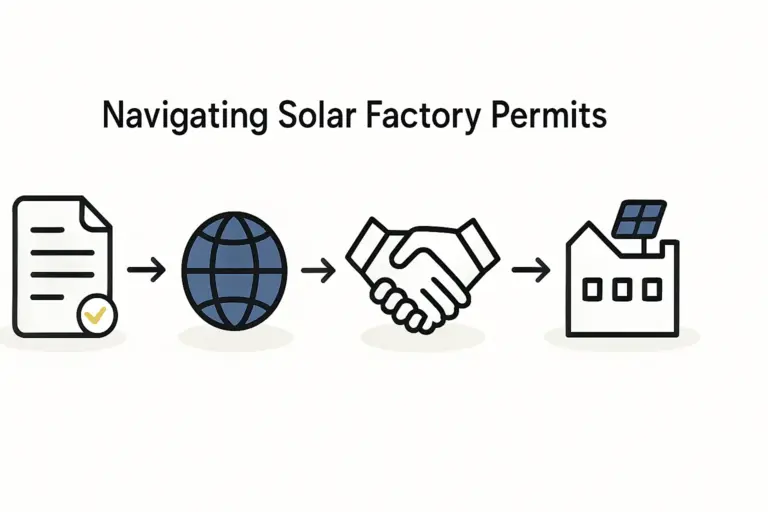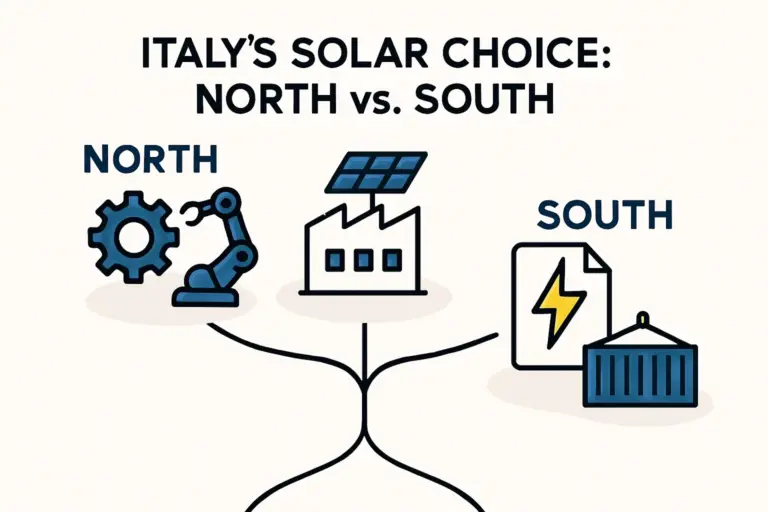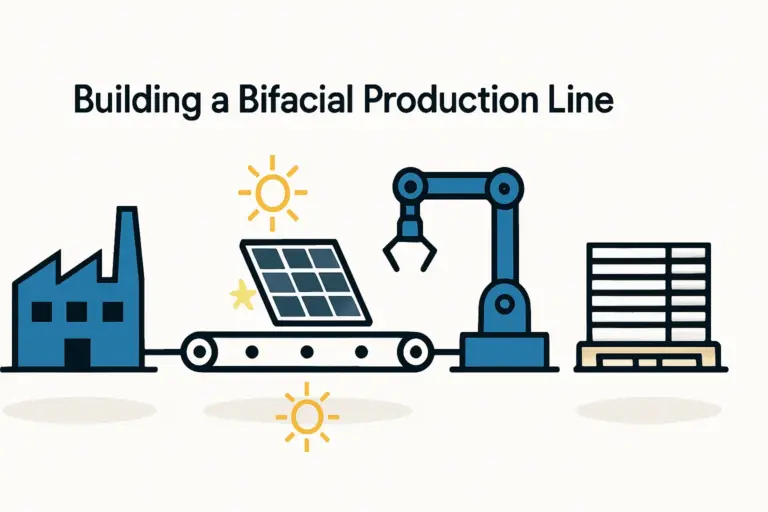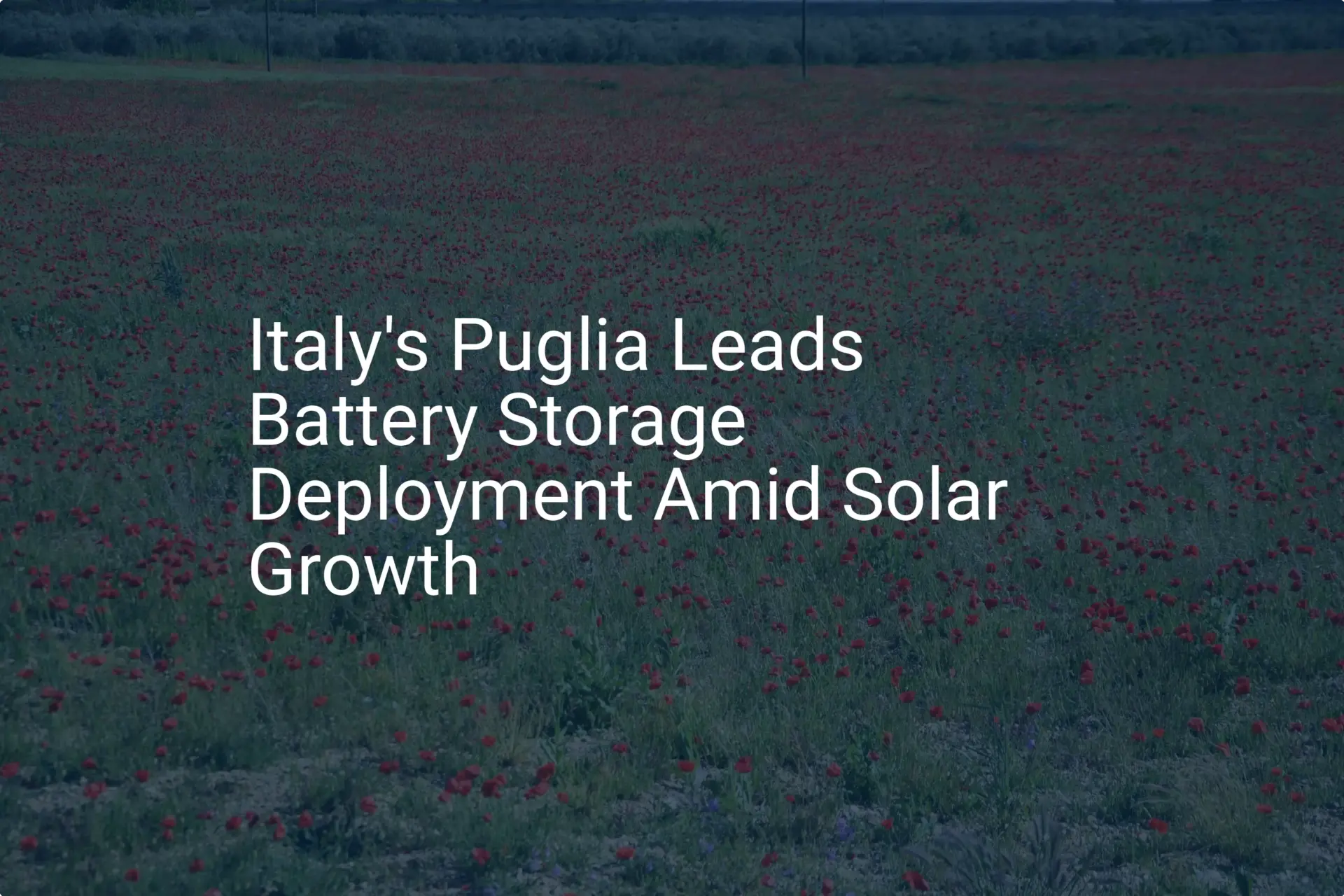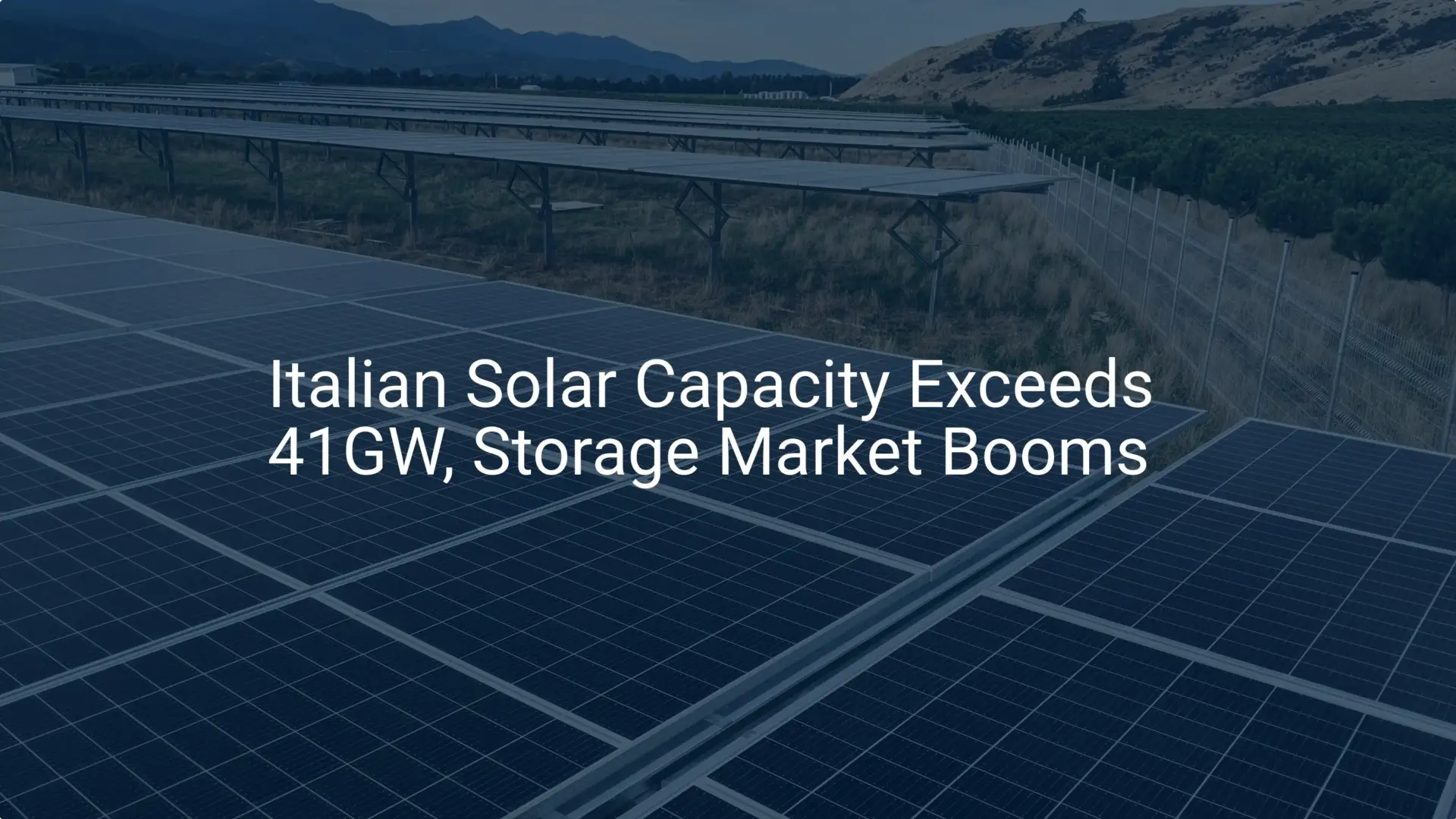For investors planning to establish a solar module factory, Italy presents a promising yet complex landscape. The country boasts a celebrated industrial heritage and a large, available workforce, yet headlines often point to high youth unemployment and a mismatch between academic qualifications and industrial needs. For an entrepreneur entering the market, this raises a critical question: is it feasible to assemble and train a skilled team capable of operating a modern solar production facility in Italy?
The answer is yes—with the right strategy. The challenge is not a lack of talent, but the need to channel existing aptitudes and train for specific, high-tech roles. This article explores the Italian labor market and outlines a practical framework for building a proficient local workforce from the ground up.
The Foundation: Italy’s Industrial Legacy and Labor Pool
Any strategic workforce plan must begin with an understanding of the local context. Italy is not a blank slate; it is a nation with deep industrial roots, particularly in its northern and central regions.
Leveraging an Existing Industrial Culture
Regions like Lombardy, Veneto, and Emilia-Romagna are home to world-class manufacturing in sectors such as automotive, high-precision machinery, and electronics. This heritage offers two distinct advantages for a new solar enterprise.
First, the “Made in Italy” brand is synonymous with superior design and production quality—a mindset that is invaluable when manufacturing high-performance photovoltaic modules, where precision and process control are paramount. Second, while direct solar experience may be rare, workers from these industries are already familiar with automated production lines, quality control protocols, and the discipline of a modern factory. They have a foundational technical aptitude that can be readily adapted to solar manufacturing.
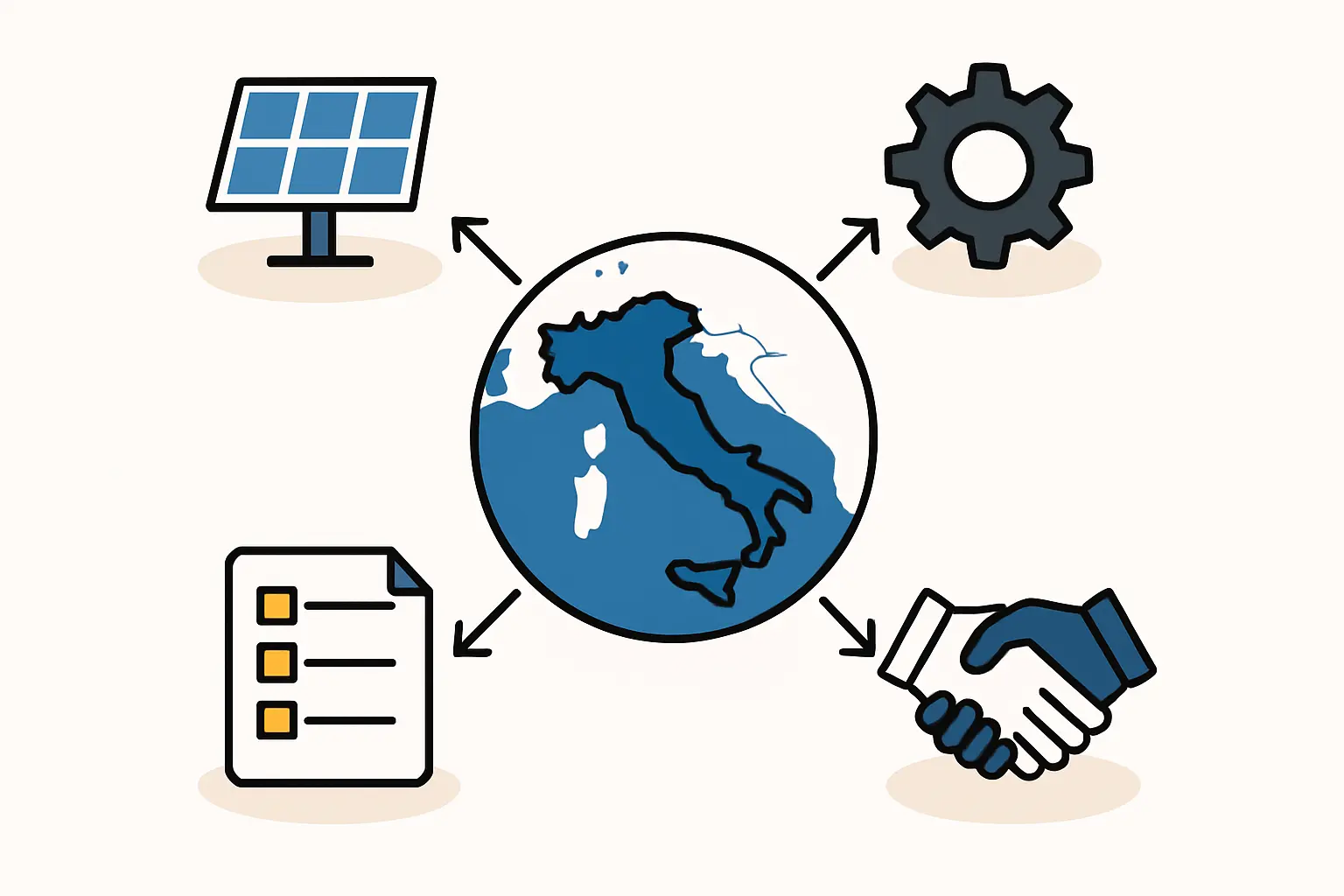
The Opportunity in the Labor Market
Italy’s high youth unemployment rate, which stood at 24.5% in early 2023 according to Istat, is often viewed as a negative economic indicator. For a new industrial project, however, this presents a significant opportunity: a large pool of available, educated young people eager for stable, long-term employment in a future-oriented industry. The key is to bridge the gap between their general education and the specific skills your factory requires.
A Strategic Framework for Workforce Development
A common misstep is to search for candidates with years of solar manufacturing experience, as these individuals are scarce in a nascent market. A more effective approach is to hire for aptitude and train for skill. This involves a two-pronged strategy: targeted recruitment and structured, in-house training.
1. Targeted Recruitment: Looking Beyond a CV
Instead of focusing solely on qualifications, recruitment should prioritize candidates from technical and vocational backgrounds. Italy’s network of technical institutes (Istituti Tecnici Superiori – ITS) is a prime source of talent. These institutions collaborate closely with local industries to provide practical, hands-on training that is more directly applicable to a factory floor than a purely academic university degree.
Key candidate profiles to look for:
- Graduates from ITS programs in mechatronics, electronics, or industrial automation.
- Technicians with experience in industries that use similar automation and process control, such as automotive assembly or food packaging.
- Individuals who demonstrate a logical mindset, attention to detail, and a capacity for process-oriented work.
2. Structured In-House Training
Once a core team is recruited, a comprehensive training program is essential. Modern solar manufacturing equipment is highly automated, and proficiency is built through repetition and deep understanding of the process.
Based on experience from J.v.G. turnkey projects, a team of 25–35 employees with no prior solar experience can be fully trained to operate a 50 MW line within four to six weeks. The training process typically includes:
- Classroom Instruction: Covering the fundamentals of photovoltaic technology, safety protocols, and quality control standards.
- Hands-on Machine Training: Supervised, practical sessions on each piece of equipment—from the stringer to the laminator and tester.
- Process Simulation: Running the line with non-production materials to master workflows and troubleshoot common issues before live production begins.
This structured approach transforms motivated individuals with general technical backgrounds into a cohesive and skilled production team. Setting up a turnkey solar module manufacturing line often includes comprehensive on-site training from the equipment provider’s engineers, ensuring the local team meets international standards right from day one.
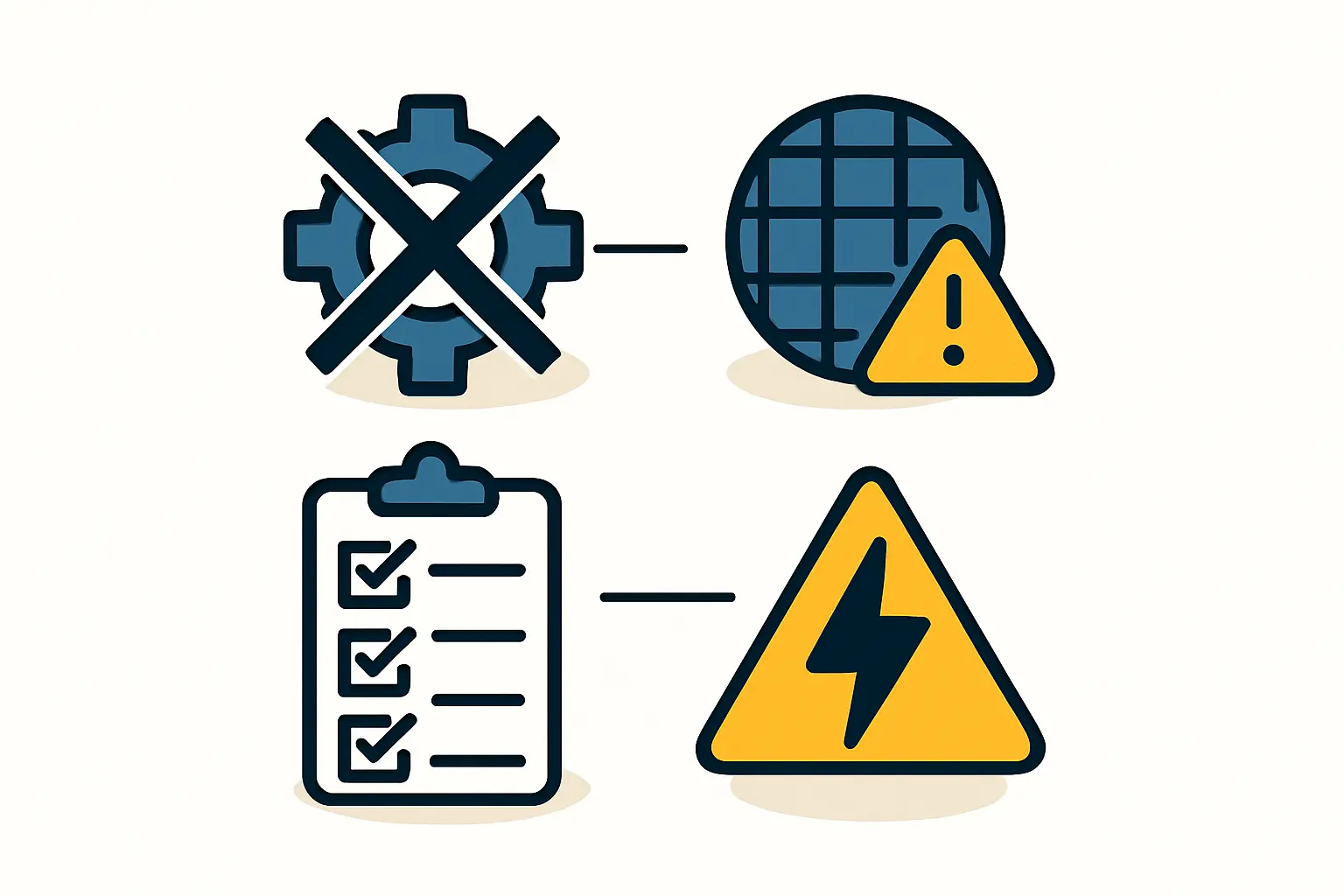
Key Roles to Fill in a Startup Solar Factory
A typical semi-automated factory with a capacity of 20–50 MW per year requires a lean and versatile team. The roles can be grouped into three main categories.
1. Production Operators
This is the largest group, responsible for operating machinery, loading materials, and ensuring a smooth production flow. A one-shift operation typically requires 15–20 operators. Aptitude for repetitive, detail-oriented work is more important than advanced degrees.
2. Technicians and Quality Control
These individuals are responsible for machine maintenance, process calibration, and quality assurance. A background in electrical or mechanical engineering technology is ideal. They perform electroluminescence (EL) and “flash” tests, monitor material quality, and ensure the final product meets certification standards. This group usually consists of three to five technically skilled staff.
3. Management and Administration
This core team includes a Production Manager, a Supply Chain Coordinator, and administrative staff. The Production Manager is a critical hire and should ideally have experience in a comparable manufacturing environment. Their leadership is key to implementing efficient processes and maintaining team morale.
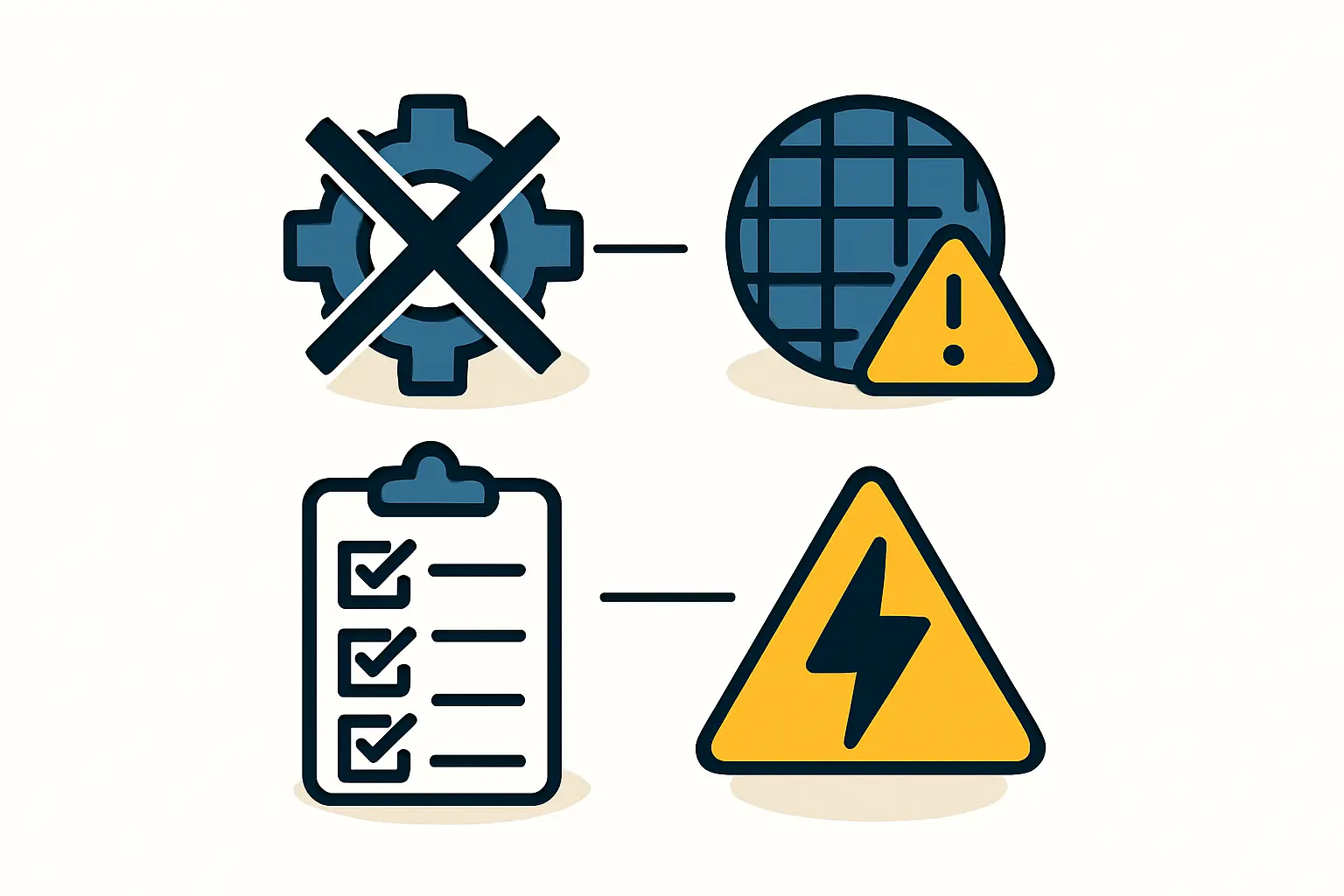
Conclusion: Italy as a Strategic Location for Solar Manufacturing
The Italian labor market offers a powerful combination of industrial culture, technical aptitude, and workforce availability. While a skills mismatch may exist on paper, it can be easily overcome with a targeted recruitment strategy focusing on vocational schools and a robust in-house training program.
By seeing the available labor pool not as a challenge but as an opportunity, investors can build a highly capable local team that embodies the quality and precision associated with the “Made in Italy” brand. The path to success lies not in finding pre-made solar experts, but in forging them.
Frequently Asked Questions (FAQ)
Do employees need prior experience in the solar industry?
No, it isn’t a prerequisite. For most roles, it is more effective to hire individuals with strong foundational skills in mechanics, electronics, or general manufacturing and then provide specific training on solar module assembly. This ensures they learn the exact processes and quality standards of your operation from the very beginning.
What are the most critical roles to hire first?
The Production Manager or Lead Engineer is the most critical initial hire. This individual will help set up the production floor, assist in recruiting the rest of the team, and become the primary technical leader on-site. Their experience in managing a manufacturing operation is invaluable.
How long does it take to train a new production team?
For a semi-automated line, a comprehensive training period of four to six weeks is typical. This includes theoretical instruction, hands-on training with the equipment suppliers, and trial production runs. By the end of this period, the team should be capable of operating the line independently.
What is the typical staff size for a 50 MW solar factory?
A 50 MW factory operating on a single shift typically requires between 25 and 35 employees. This includes production operators, technicians, quality control personnel, warehouse staff, and management. The exact number can vary based on the level of automation.
How important are government incentives for training?
Government incentives can significantly reduce the initial cost of workforce development. Italy, like many EU countries, often has programs to support training for new industrial projects, especially in designated development zones or future-oriented sectors like renewable energy. Factoring these potential subsidies into your solar panel factory business plan is a prudent step.


